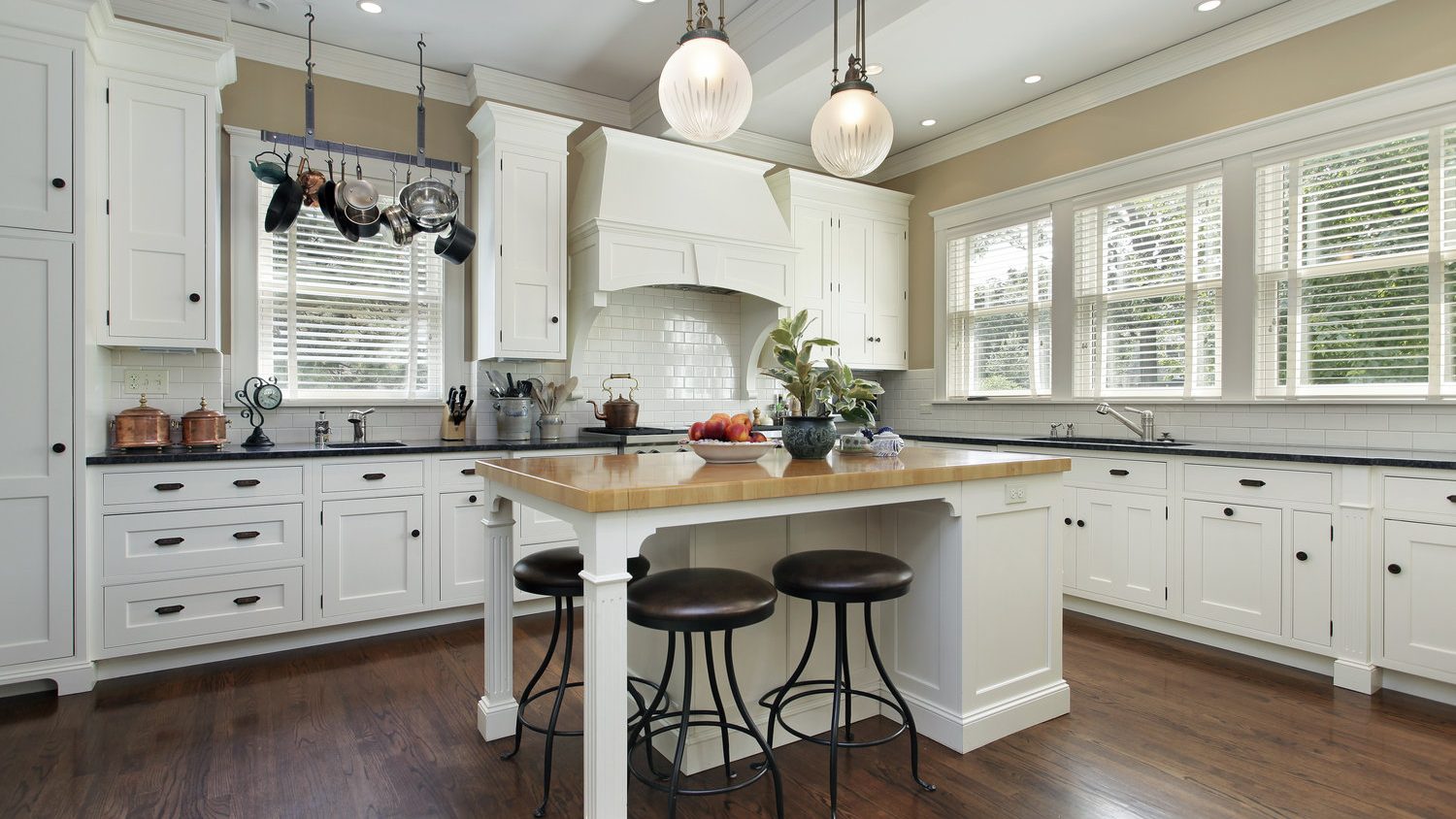A wheelchair lift for home allows someone who uses a wheelchair to travel up and down multiple floors without having to leave their chair. These lifts are designed with safety features and user-friendly controls. In addition, they are available in a wide range of styles and sizes to suit the needs of any type of home.
Most manufacturers offer a number of different models to choose from. Each model has its own features and benefits. Some are designed to be a more affordable option than others. The price difference can be attributed to factors such as the lift type, travel distance, and customization options.
It is also important to consider state/local codes and inspections when choosing a lift. It is essential to have a licensed installer follow proper installation procedures and submit the lift for inspection after completion. This is particularly true for a commercial installation.
Many states have programs that provide financial assistance for home modification equipment. These programs can include HCBS (Home and Community Based Services) waivers that may cover the cost of a wheelchair lift for home. In addition, private insurance may provide coverage for some wheelchair lifts. If you are considering a stair lift for your home, contact your insurance company to see what options are available in your area.
Vertical platform lifts are a popular choice for home wheelchair accessibility. Often referred to as porch lifts or deck lifts, they have a small footprint and can be installed in areas where a ramp is not possible or desired. Some incline platform lifts are also suitable for outdoor use. These lifts can travel up to 14′ and are usually installed with a concrete pad. They use either a screw drive or hydraulic lift system to move the platform up and down.
Unlike a regular elevator, a wheelchair lift for home is operated using constant pressure operation. This means that the user must keep a button pressed to activate the lift. If the button is not pushed continuously, the lift will stop. Some models have a call station on each floor that can be used to request the lift’s return. These stations can be keyed to prevent unauthorized use.
Some manufacturers provide a warranty for their home lifts. These warranties typically cover mechanical and electrical parts for up to three years. Most dealers will work with you to determine the best warranty options for your specific needs.
If you decide to purchase a wheelchair lift for your home, be sure to consider additional costs such as maintenance, electricity, and installation. Those costs can add up quickly. Additionally, there are a variety of ancillary products and services that can make your experience with the lift even more enjoyable.
If you are a veteran and require a wheelchair lift for your home, the VA will help with the expense. However, a skills evaluation and home visit are required. It is also worth checking with local or federal programs that assist with durable medical equipment for further assistance.

